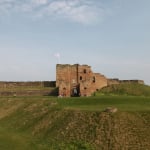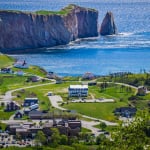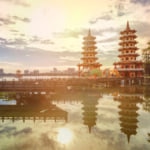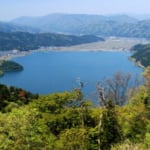Name: Dejima
Address: 6-1 Dejimamachi, Nagasaki City, Nagasaki Prefecture
Opening Hours: 8:00 AM – 9:00 PM (last admission at 8:40 PM)
Closed: Open year-round
Admission Fee:
• Adults: ¥510
• High School Students: ¥200
• Elementary & Junior High School Students: ¥100
Official Website: https://nagasakidejima.jp

Top Attractions at Dejima, Nagasaki – Explore the History of Japan’s Isolation Period
Located in Nagasaki City, Dejima is a man-made island that was originally built in 1636. If you’re interested in discovering the rich history of Nagasaki, this is a must-visit sightseeing spot. Dejima offers a fascinating glimpse into Japan’s Edo-era isolation policy (Sakoku) and has well-preserved historical structures and informative exhibits that take you back in time. The atmosphere of the period has been authentically recreated, making it a perfect place to learn about this unique era in Japanese history. Best of all, Dejima is easily accessible by tram or bus, making it simple to include in your Nagasaki travel itinerary. In this guide, we’ll highlight the main attractions of Dejima and suggest the best ways to enjoy your visit.
table of contents
[x] close
Top Attractions at Dejima, Nagasaki – Explore the History of Japan’s Isolation Period
- 1. History of Dejima
- 2. Dejima Omotemon Bridge
- 3. Former Dejima Seminary
- 4. Former Stone Warehouse (Archaeological Museum)
- 5. Hai Rei Hissha Orandajin Heya (Dutch Scholars’ Quarters)
- 6. Second Storehouse (Niban-gura)
- 7. Former Nagasaki International Club
- 8. Nagasaki Dejima Wharf
- ◎ Lastly: Don’t Miss These Recommended Souvenirs!
1. History of Dejima
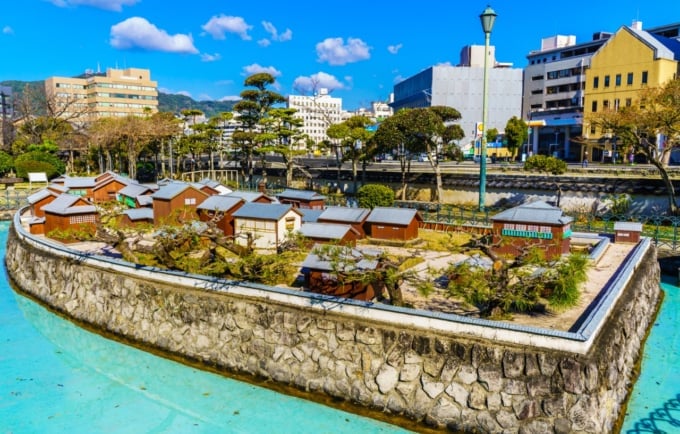
Dejima, a man-made island created by reclaiming land from the sea, was completed in 1636 (Kanei 13). Initially, it was referred to as "Tsukishima" (Reclaimed Island) and "Ougijima" (Fan Island) due to its fan-like shape. Before Dejima was built, Nagasaki flourished as a port town welcoming Portuguese ships, constructing Christian churches, and attracting merchants from all over Japan.
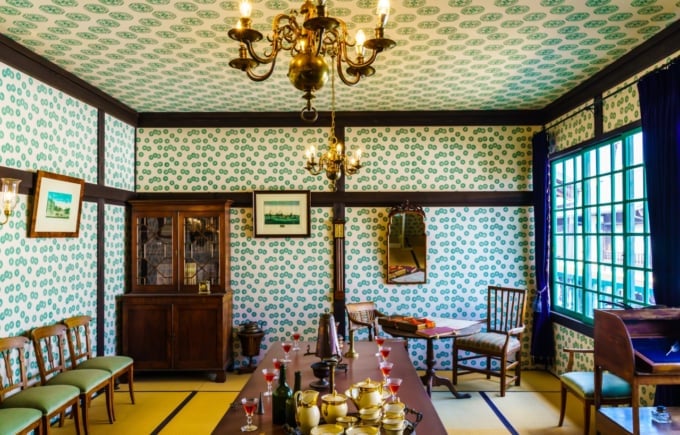
However, during Japan’s Sakoku (national isolation) period, Portuguese ships were banned from entering the country. As a result, the Dutch trading post, which had been conducting commerce in Nagasaki, was relocated to Dejima. From that point forward, Dejima became the sole gateway for trade between Japan and Europe, playing a vital role in Japan-Netherlands relations until the end of the Edo period. Although the island was originally built for trade monitoring, its function became obsolete over time, and for a while, Dejima even disappeared from the map.
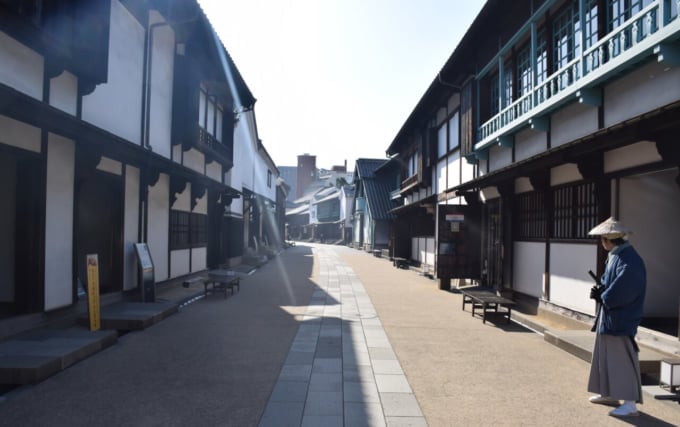
In 2017, Dejima was fully restored, and today it is a must-visit tourist attraction in Nagasaki. Visitors can explore reconstructed buildings and experience what life was like during Japan's isolation era. A walk through Dejima truly feels like a journey back in time to historic Nagasaki.
2. Dejima Omotemon Bridge
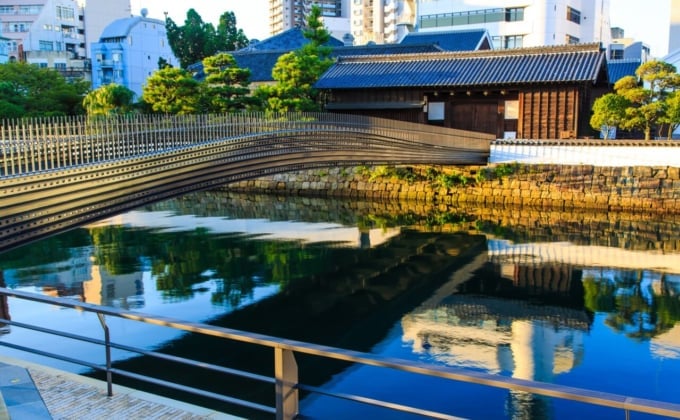
The Dejima Omotemon Bridge is a bridge that connects the reconstructed artificial island of Dejima with the city of Nagasaki, gracefully spanning over the water. Although the original bridge was dismantled during the Meiji era, it was faithfully restored in 2017 as part of the Dejima restoration project—right in the same spot where the original once stood. Today, it serves as the main entrance for tourists visiting Dejima. Walking across this bridge, which stands in the exact location as it did during Japan's era of national isolation (sakoku), offers visitors the thrilling sensation of stepping back in time. It's a must-visit historical attraction in Nagasaki that blends heritage with immersive experience.
3. Former Dejima Seminary

The Former Dejima Seminary is the oldest surviving Protestant Christian seminary in Japan. During the late Meiji period, the building was repurposed as a hospital, and today it serves as part of the Dejima Museum. Its charming retro sky-blue exterior makes it a popular photo spot for visitors. Guests are welcome to step inside the building, where the first floor features a gift shop and a relaxing rest area.
4. Former Stone Warehouse (Archaeological Museum)
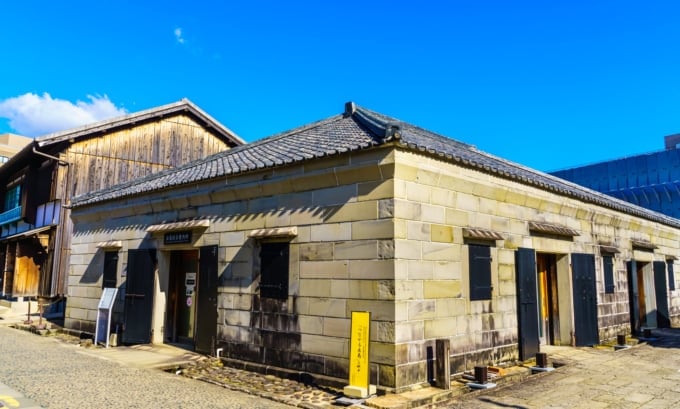
The Stone Warehouse, as the name suggests, is a warehouse built of stone. The Former Stone Warehouse dates back to the end of the Edo period, when it housed Japan’s first Prussian trading company (Prussia covered areas of present-day northern Poland and Lithuania). It even conducted trade with the Kaientai, an organization led by the famous Sakamoto Ryoma. Today, this historic building functions as an archaeological museum, faithfully restored in its original stone architecture. On the first floor, visitors can view artifacts excavated from Dejima, while the second floor showcases the restoration techniques and reconstruction process of Dejima itself—making it a must-visit spot for those interested in Japanese history and archaeology.
5. Hai Rei Hissha Orandajin Heya (Dutch Scholars’ Quarters)

Located near the Dejima Front Gate Bridge, the Hai Rei Hissha Orandajin Heya (Dutch Scholars’ Quarters) once served as the residence of the chief clerk of the Dutch Trading Post in Dejima. Today, it functions as a museum dedicated to introducing and showcasing Rangaku (Dutch Studies), which was brought into Japan through Dejima during the Edo period. Visitors can view valuable historical artifacts from that era. The traditional Japanese-style brown building with its eye-catching bright blue handrails stands out as a distinctive and picturesque landmark in the area.
6. Second Storehouse (Niban-gura)
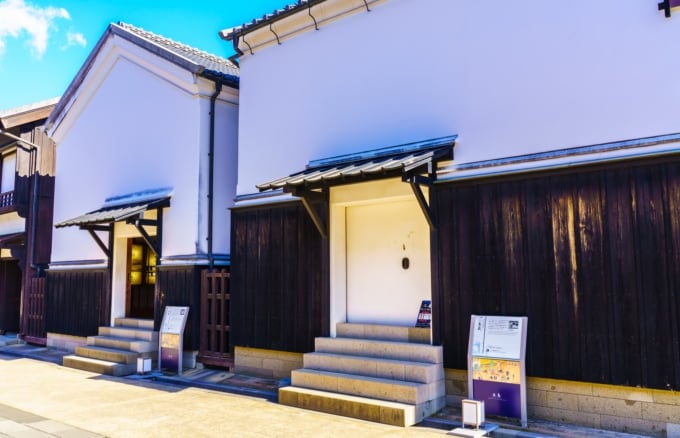
In the historical Dejima area, there were three storehouses lined up, named the First, Second, and Third Storehouses. The Second Storehouse, or Niban-gura, was primarily used to store imported dyes during the Edo period. Today, it serves as an exhibition space showcasing various trade goods that passed through Dejima.
The First Storehouse (Ichiban-gura) features scale models that depict the restoration work of Dejima, while the Third Storehouse (Sanban-gura) presents a recreated scene of how imported goods were once stored. Visiting all three storehouses offers a deeper understanding of the historical trade activities and daily life during Japan’s period of international exchange.
7. Former Nagasaki International Club
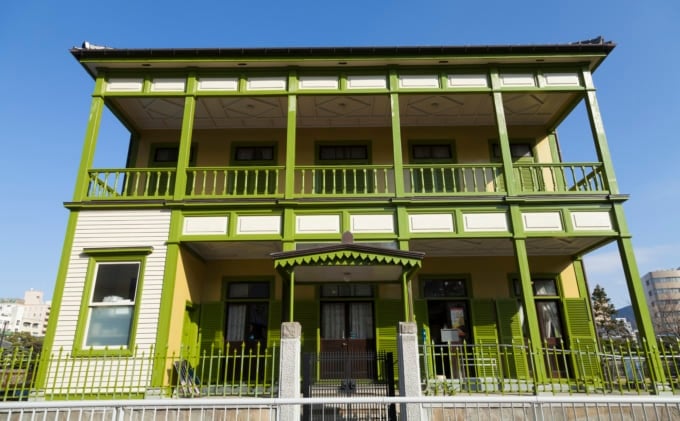
The Former Nagasaki International Club is a charming Western-style building with lime green pillars and window frames that give it a modern touch. Today, it operates as a restaurant where visitors can enjoy famous Nagasaki dishes such as Turkish Rice (Toruko Raisu), Nagasaki Champon, and Milkshake (Mirukuseki). Offering a wide variety of both savory meals and sweet treats, the restaurant lets you savor delicious food in a historic setting filled with nostalgia.
■ Name: Former Nagasaki International Club
■ Address: Nagasaki City, Nagasaki Prefecture 6
■ Business Hours: 10:30 AM – 6:00 PM (Last Order: 5:30 PM)
■ Official Website: https://bit.ly/2Jg2y9X
8. Nagasaki Dejima Wharf

Nagasaki Dejima Wharf is a vibrant commercial complex located in the bay area near Nagasaki Port. If you’re planning to visit the historic Dejima, this is a perfect spot to drop by afterward. The area features a scenic waterfront location lined with various restaurants and cozy cafés. There are also terrace seats available, so why not enjoy a meal while gazing out at the sea on a sunny day? It’s sure to lift your spirits and enhance the experience.
As night falls, the wharf lights up beautifully, making it a romantic spot perfect for a date night. In terms of access, it’s just a 2-minute walk from Dejima Tram Stop, 4 minutes from Tsukimachi Tram Stop, and 5 minutes from Shiminbyoin-mae Tram Stop.
Name: Nagasaki Dejima Wharf
Address: 1-1-109 Dejimamachi, Nagasaki City, Nagasaki Prefecture
Official Website: http://dejimawharf.com/
◎ Lastly: Don’t Miss These Recommended Souvenirs!
Nagasaki, a city rich in multicultural charm, also boasts stylish souvenirs. One eye-catching item is the colorful glass craft “vidro”, perfect as a decorative piece. Another popular choice is the stained glass strap, a nod to Nagasaki's many historic churches. Of course, no trip to Nagasaki would be complete without the famous castella sponge cake—a beloved classic with many varieties to choose from. At Dejima, you’ll also find limited-edition treats like Dejima Drops and Dejima Vidro, perfect for gifting or keeping as a memory of your trip.
RELATED ARTICLES
REGIONS
CATEGORIES
FEATURED ON Nagasaki
-
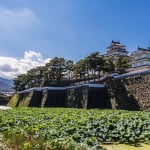
6 Recommended Sightseeing Spots in Shimabara Onsen – Enjoy Sightseeing in the Hot Spring Town of the City of Water
-
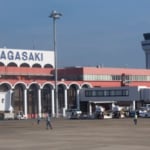
5 souvenirs you can buy at Nagasaki Airport! Find lots of delicious Nagasaki treats!
-
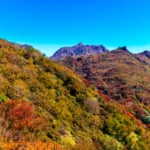
24 recommended spots to visit in Minamishimabara City, the site of the Shimabara Rebellion!
-
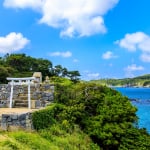
10 Recommended Hotels in Tsushima! Near Geospots to Enjoy Both the Sea and the Mountains
-

Create Lasting Memories in Nagasaki! Discover 5 Must-Try Experience Spots
MOST POPULAR ON Nagasaki
-
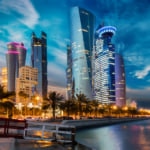 1
1Doha: Must-see Attractions in the Capital of Qatar
-
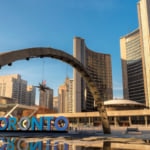 2
2Toronto: 10 Things to do in this Picturesque Canadian City
-
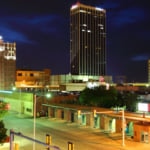 3
3Amarillo: A City Famous for It’s Amazing Canyons, Great History and Music
-
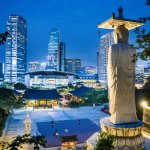 4
4South Korea: Dazzling Scenery, Rich Culture and Fascinating History
-
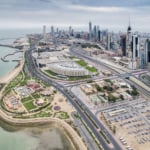 5
5Kuwait: A Country in Middle East Asia Famous for Hot Sand Dunes and Stunning Cityscape

